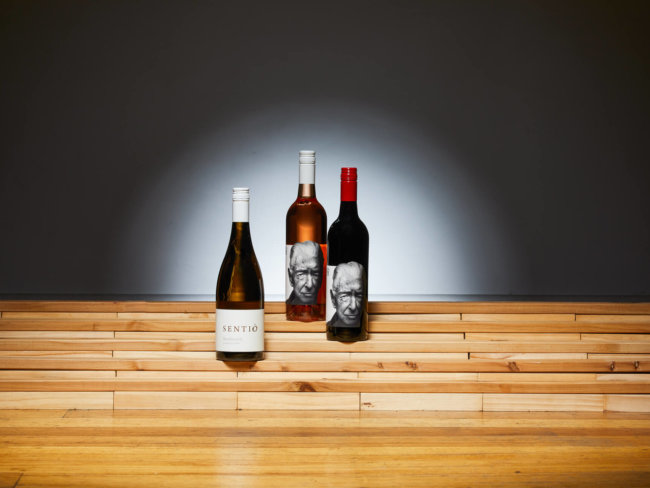This article by Philip Rich appeared in The Australian Financial Review Magazine, September 2016:
The Young Gun of Wine Awards has just chalked up its 10th year and this year’s winner, Josephine Perry from Dormilona in Yallingup, Western Australia, created a couple of firsts.
It’s the first time a winemaker from the relatively conservative Margaret River winemaking region has won. And it’s the first time the award was won for natural wine, including one fermented and matured in clay amphora.
Earthenware vessels such as clay amphora, which have a winemaking history dating back to 6000BC, are increasingly used by natural winemakers to ferment and mature wine. They are more porous and therefore allow wine to breathe, unlike anaerobic vessels such as stainless steel. Wooden vessels can impart their own strong personality on wine, while clay allows the fruit to express itself fully. Perry talks about “the purity of fruit that it gives to the wines”.
Margaret River is conservative in the sense that very little natural or amphora wine is made there. That’s slowly changing, however, led by younger winemakers like Perry. The 37-year-old and her viticulturist partner Jim Crespin released the first Dormilona wines in 2013, using fruit that was either organic or biodynamically grown and handled as minimally as possible.
Like many of her generation, Perry has been influenced by what’s happening in the northern hemisphere. After high school she studied winemaking by correspondence at Charles Sturt University while travelling the world making wine. From Margaret River and Orange in New South Wales, she went to New Zealand, Germany, California and France before spending seven years in Vigo in north-west Spain, managing wineries and consulting to vineyards in the Canary Islands.
The experience convinced Perry to become more hands-off than is typically taught here. This meant making wine with no additives apart from a small amount of sulphur at bottling. No fining agents for clarification, and no filtration.
Dormilona means lazy bones in Spanish but there’s nothing lazy about this winery. To the contrary, the attention to detail extends from the manga-inspired labels designed by Hobart-based artist Sean Edward Whelan to the quality of the wines themselves.
Perry is on the side of Ted Lemon, one of America’s main proponents of biodynamic viticulture and minimal interventionist winemaking, who argues that “the moderate use of sulphur dioxide is the most natural way to ensure that unwanted organisms do not take over the fermentation process”.
She adds small amounts of sulphur dioxide at bottling to ensure consistency and to protect the wines from oxidation. The result is wines that taste good now and will still be worth cellaring for three to five years and beyond.
A lot of so-called natural wines that I taste have either bacterial spoilages, such as Brettanomyces, or are simply oxidised, which their makers wear as a badge of honour. Dormilona shows you can make wines that adhere to natural grape growing and winemaking practices but that are also bright, clean and expressive of both the varietals they’re made from and the places they’re grown.
This year Dormilona has extended its range with the addition of its Clayface series of wines fermented and matured solely in terracotta amphora pots. A natural extension of Dormilona’s minimal intervention philosophy, they’re the best examples of Australian amphora wine I’ve tasted.
Perry’s wines should have a broader clientele than just those who prefer the more natural product. They deserve to appeal to anyone who simply loves great wine.





